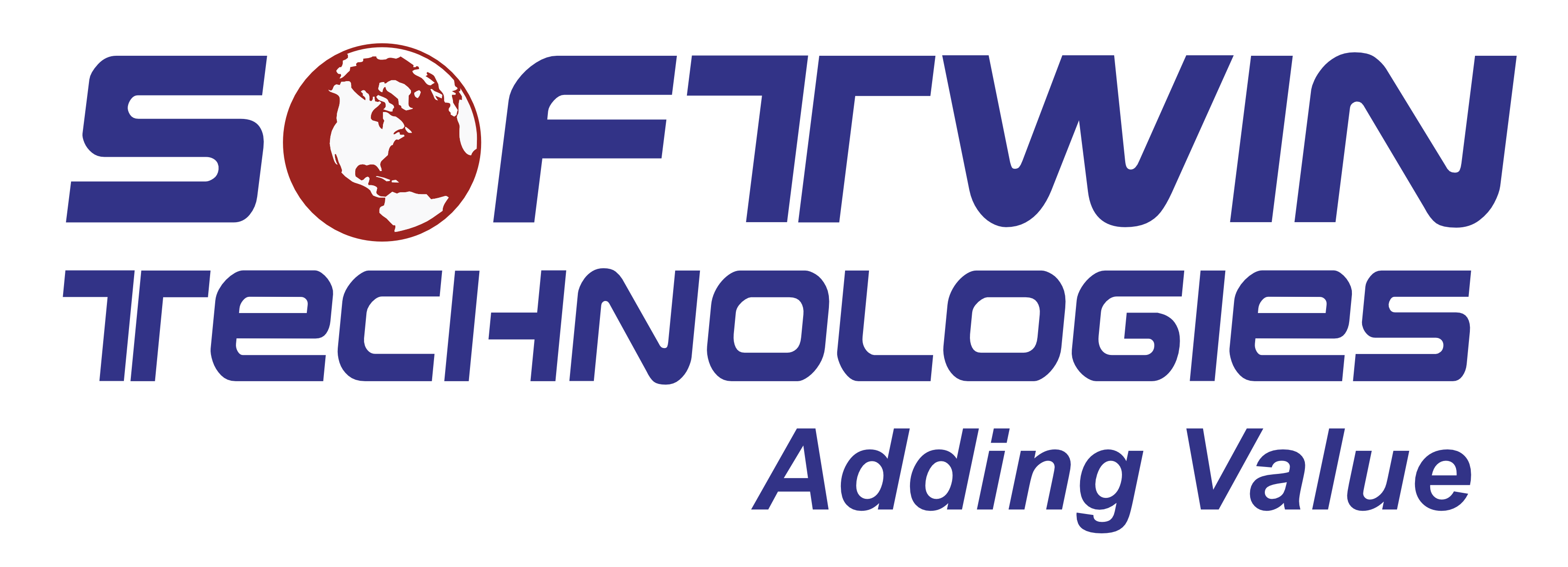Your Trusted Partner in Excellence: Advanced API Drug Manufacturing
Softwin Technologies Pvt. Ltd. believes that SAP S/4HANA Public Cloud is essential to the production of API drugs because it improves operational efficiency through simplified processes and real-time data analytics, which lowers downtime and increases output. To fulfill industry standards, it guarantees strict regulatory compliance with precise record-keeping and traceability. Every stage of production smoothly integrates quality management, guaranteeing the highest standards for API medications.
From the purchase of raw materials to the delivery of the product, the system improves the supply chain, increasing efficiency and lowering costs. Scalability and flexibility are provided via its cloud-based design, which allows it to evolve and adapt to changing business requirements. Additionally, SAP S/4HANA Public Cloud promotes departmental communication and allows for easy connection with other systems, which enhances operational coordination and decision-making. When combined, these features make the production process for API drugs more effective, compliant, and high-quality.
API Drugs Mfg Industry

Tackling API Drugs Mfg Industry Challenges with SAP S/4HANA Public Cloud
Operational Efficiency
Operations in API production plants are simplified by automating repetitive processes and workflows. Efficiency is maximized and downtime is minimized using SAP S/4HANA Public Cloud’s effective resource planning, production scheduling, and quality control.
Supply Chain Optimization
SAP S/4HANA Public Cloud optimizes purchasing, inventory management, and logistics with real-time analytics and integrated supply chain management capabilities. By improving chain-wide visibility, lowers supply-chain risks and facilitates proactive decision-making.
Regulatory Compliance
Strong compliance features integrated into SAP S/4HANA Public Cloud assist API makers in meeting strict regulatory requirements such as those set forward by the FDA and EMA. Traceability, documentation, and audit readiness are made easier by it.
Scalability and Flexibility
SAP S/4HANA Public Cloud is a cloud-based solution that provides scalability to match expanding company demands without putting infrastructure limitations. It offers the adaptability needed to quickly adjust to changes in the market, enabling methods for manufacturing plans.
Innovation in R&D
SAP S/4HANA Public Cloud facilitates R&D initiatives by enabling data-driven insights. By offering real-time data on formulation development and product lifecycle management, it promotes continuous improvement and the launch of new products, which speeds up innovation.
Quality Management
Consistent product quality and safety are guaranteed by advanced quality control systems. To fulfill strict industrial standards, the system offers extensive quality control procedures such as batch tracking, testing, and compliance verification.
Implementation Steps for SAP S/4HANA Public Cloud for API Drugs Mfg Industry
- Current State Analysis: Evaluate all of the organization's current systems, procedures, and data flows.
- Acquisition of Requirements: Determine the particular requirements and difficulties that are particular to the API medicine business, such as traceability and regulatory compliance.
- Development of a Roadmap: Make a thorough implementation plan that outlines important deadlines, milestones, and resource allocation and is under the organization's strategic goals.
- System Configuration: Set up the Softwin Technologies Pvt. Ltd. SAP S/4HANA Public Cloud system by industry-specific specifications, such as quality assurance, manufacturing processes, and compliance guidelines.
- Personalization: Tailor processes, analyses, and displays to offer relevant information and optimize processes. Make sure that the system satisfies particular needs for API manufacture, like process controls and batch management.
- Data cleaning: Before migration, make sure that the current data is accurate and consistent. For data integrity to be maintained, this step is essential.
- Data Migration: Make use of reliable migration tools and techniques to move data from outdated systems to Softwin Technologies Pvt. Ltd. SAP S/4HANA Public Cloud. Make sure that all previous data is correctly transferred, including supplier information, production records, and quality reports.
- System Integration: To facilitate smooth data flow and interoperability, integrate SAP S/4HANA with current systems and apps. This could involve integrating with manufacturing execution systems (MES), quality management systems (QMS), and laboratory information management systems (LIMS).
- Unit Testing: Test each component separately to make sure it operates as intended inside the system configuration.
- Integration Testing: To verify end-to-end procedures and data flow between integrated systems, conduct integration tests.
- User Acceptance Testing (UAT): Use end users and important partners to confirm that the system satisfies business needs and performs as planned in practical situations.
- Training Plans: Create thorough training plans with a focus on system utilization, new processes, and best practices for staff members at all levels.
- User Adoption methods: Put user adoption methods into practice, like interactive training sessions, user guides, and ongoing assistance.
- Change Management: Explain to users the advantages of the new system and include them in the implementation process to mitigate any possible opposition to change. To ensure a seamless transition, make use of change management frameworks.
- Go-live Preparation: Perform last-minute system inspections, data validations, and user readiness evaluations in advance of the go-live. Create a complete go-live strategy to guarantee a smooth transition.
- Go-live Execution: Execute the go-live strategy while making sure there is as little interruption to continuing business as possible. Assist with any problems that come up during the first stage by offering on-site assistance.
- Support Following Implementation: After the system goes online, provide ongoing support and monitoring to fix any problems and improve system efficiency. Review and update the system frequently to make sure it adapts to changing business requirements.

